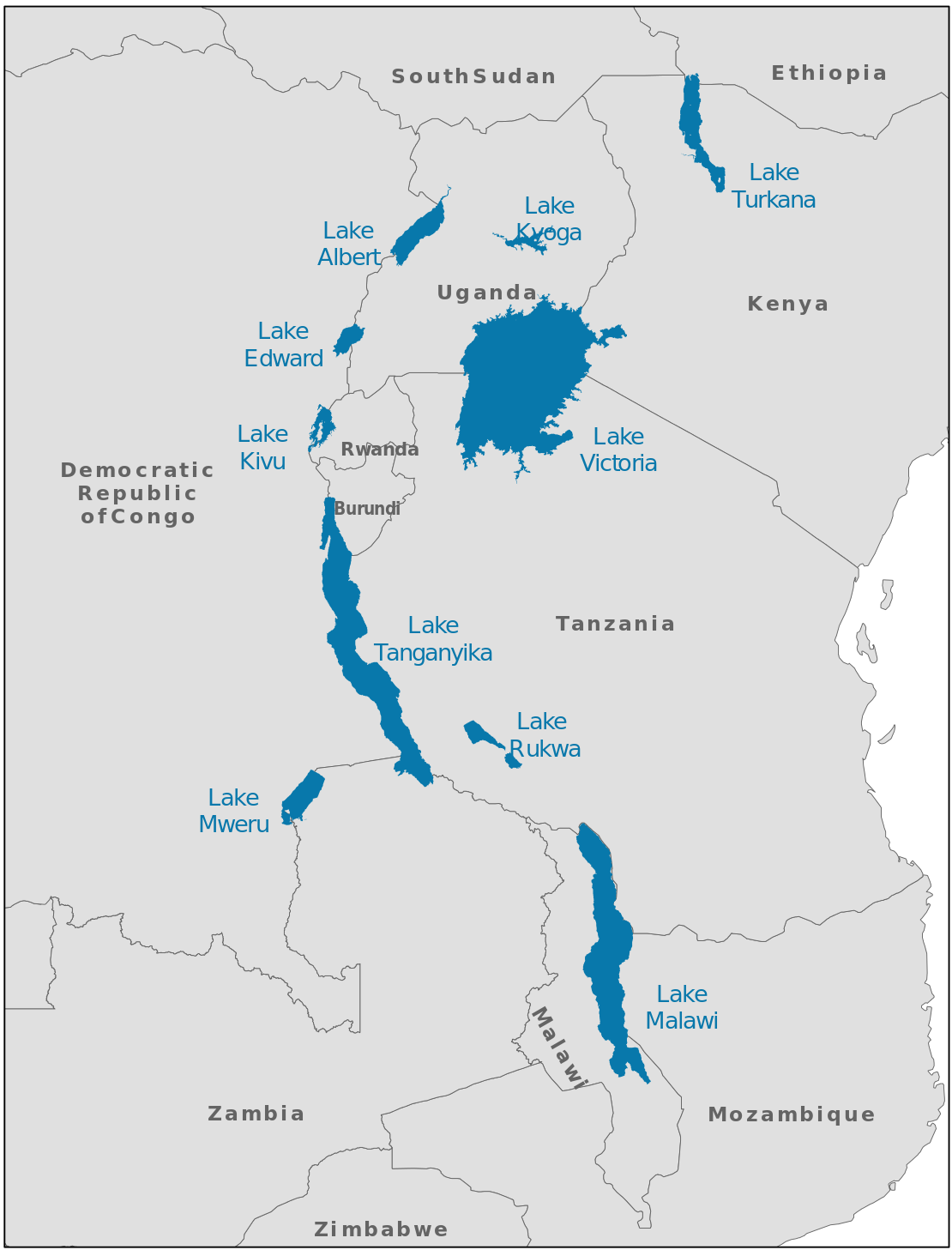Lake Tanganyika: East Africa | 21 Sep 2021
Why in News
As per a report by Save the Children (a humanitarian organisation), migration in East Africa’s Burundi in recent years has been seen mainly because of the rapid and significant rise of Lake Tanganyika.
Key Points
- It is the second largest lake in eastern Africa. It covers about 12,700 square miles,
- It is the longest freshwater lake in the world and the second deepest after Lake Baikal in Russia.
- The lake is shared among four countries namely Burundi, Democratic Republic of the Congo (DRC), Tanzania and Zambia
- It is situated on the line dividing the floral regions of eastern and western Africa, and oil palms, which are characteristic of the flora of western Africa, grow along the lake’s shores.
- The largest rivers discharging into the lake are the Malagarasi, the Ruzizi, and the Kalambo. Its outlet is the Lukuga River, which flows into the Lualaba River.
- Rice and subsistence crops are grown along the shores, and fishing is of some significance. Hippopotamuses and crocodiles abound, and the bird life is varied.

